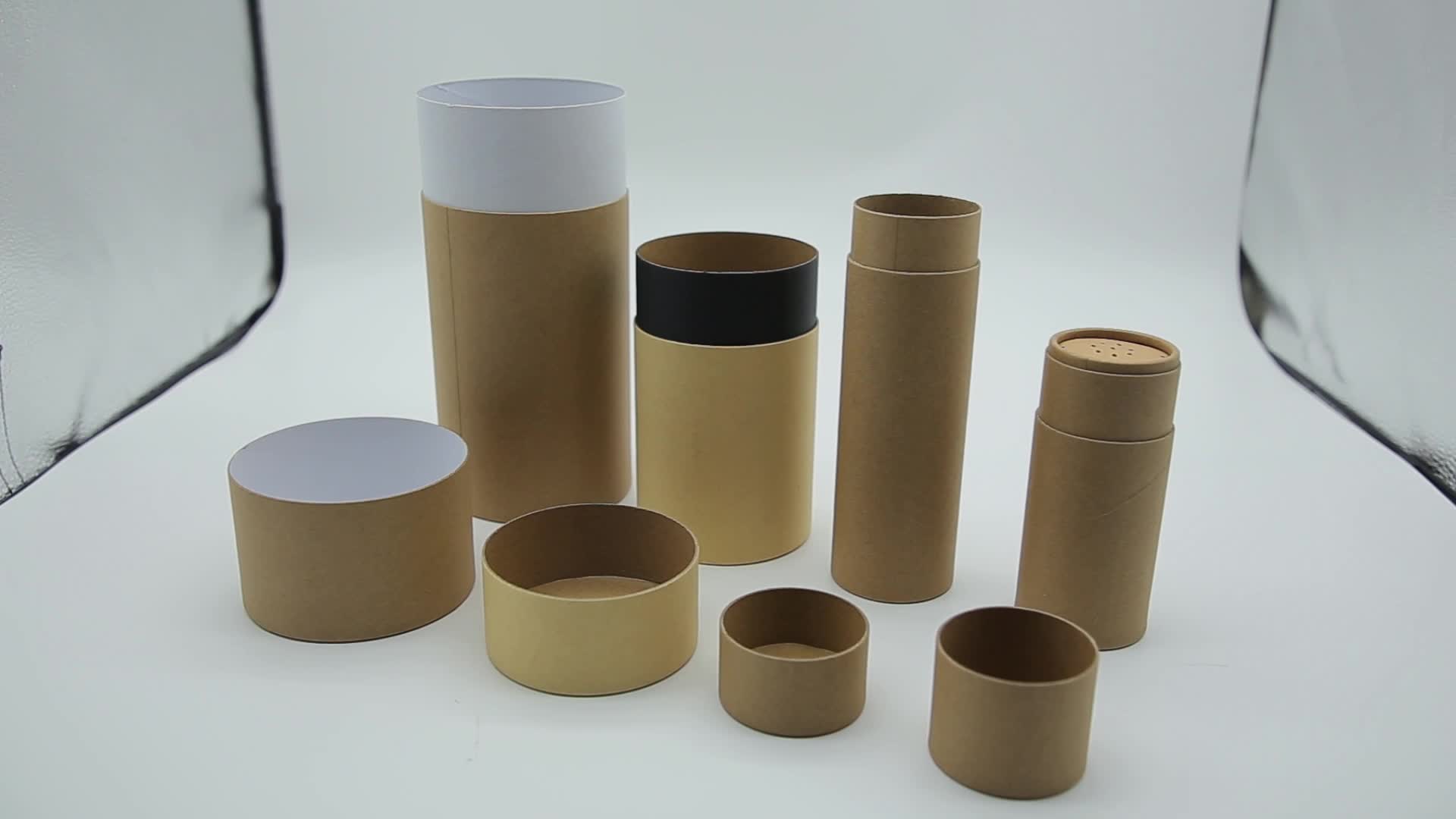Cardboard tube packaging is increasingly popular due to its sustainability, versatility, and durability. It offers a practical solution for packaging various products while aligning with eco-friendly practices. From cosmetics to food items, cardboard tubes provide a unique, protective, and visually appealing option. Businesses across industries are adopting this packaging to enhance their brand image and reduce environmental impact, making it a smart choice for those looking to balance functionality and sustainability.
What Is Cardboard Tube Packaging?
Composition and Structure
- Cardboard tubes are made from layers of recycled paper, rolled and bonded to form a sturdy, cylindrical structure. This durable design protects products during transit and storage.
Versatility Across Industries
- These tubes can be used for a wide range of products, from cosmetics to food and even art supplies. Their adaptability makes them a preferred packaging solution for many businesses.
Environmental Benefits
- Cardboard tube packaging is biodegradable, compostable, and made from recycled materials. Choosing these tubes helps brands minimize their environmental footprint and appeal to eco-conscious consumers.
Advantages of Cardboard Tube Packaging
Durability and Protection
- The multi-layered design of cardboard tubes provides excellent protection against impact, moisture, and external damage. This ensures that products remain intact during shipping and handling.
Customization Options
- Cardboard tubes can be easily customized with logos, colors, and designs, offering brands a way to stand out. The ability to create unique packaging enhances brand identity and customer appeal.
Cost-Effectiveness
- Compared to other packaging materials, cardboard tubes are cost-effective, especially when purchased in bulk. They offer a balance between affordability and quality, making them a practical choice for businesses.
Sustainable Packaging Solution
- Using cardboard tubes supports sustainability goals, as they are made from recycled materials and can be recycled again. This closed-loop system reduces waste and conserves resources.
Common Uses of Cardboard Tube Packaging
Cosmetic Products
- Many beauty brands use cardboard tubes to package items like lip balms, lotions, and deodorants. The natural look of the tubes complements organic and eco-friendly product lines.
Food Packaging
- Cardboard tubes are ideal for packaging dry foods such as tea, coffee, and spices. Their airtight design helps preserve freshness while providing an attractive, eco-friendly alternative to plastic.
Art Supplies and Stationery
- Artists and stationery brands often use cardboard tubes to package pencils, brushes, and posters. The sturdy design protects delicate items from damage while offering an aesthetically pleasing presentation.
Apparel and Accessories
- Fashion brands use cardboard tubes to package small accessories like scarves, ties, and socks. The tubes can be branded with custom designs, adding a touch of sophistication to the packaging.
Customization and Design Options
Printing Techniques
- Cardboard tubes can be customized using various printing techniques, including offset printing, digital printing, and screen printing. This flexibility allows brands to create vibrant, eye-catching designs.
Size and Shape Variability
- These tubes come in various sizes and shapes to accommodate different products. Whether you need a tall, slim tube for cosmetics or a wide one for food items, there’s a solution available.
Additional Features
- Custom features like window cutouts, special closures, or handles can be added to enhance functionality. These features improve user experience and make the packaging more practical.
Branding Opportunities
- Customizing cardboard tubes with your brand’s logo, colors, and messaging creates a cohesive brand experience. This consistent branding across all packaging elements helps build brand recognition.
Environmental Impact of Cardboard Tube Packaging
Recyclability and Biodegradability
- Cardboard tubes are fully recyclable and biodegradable, reducing their impact on landfills. Their eco-friendly nature aligns with the growing consumer demand for sustainable packaging options.
Reduced Carbon Footprint
- The production of cardboard tubes generally requires less energy than plastic alternatives, leading to a lower carbon footprint. This energy efficiency is a key factor in their growing popularity.
Waste Reduction
- By using recycled materials and being recyclable, cardboard tubes contribute to waste reduction. This closed-loop cycle helps conserve natural resources and reduces the environmental impact of packaging.
Conclusion
Cardboard tube packaging is a versatile, durable, and sustainable option that appeals to businesses and consumers alike. Its ability to protect products, offer customization, and support eco-friendly practices makes it an ideal packaging solution for a wide range of industries. As brands continue to prioritize sustainability, cardboard tubes provide a practical and visually appealing way to meet these goals while maintaining product integrity and enhancing brand identity.

